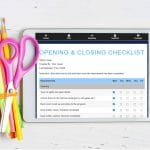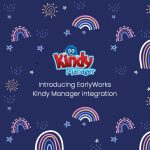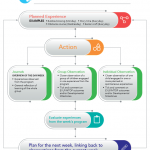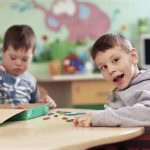Let’s focus on what’s working not just for the children, but for the Educators too!
The strengths-based approach is all about understanding that children demonstrate their learning and understanding in different ways. It involves focusing what a child can do, and what strategies are working for each child, and then building on those strategies so that we can support the child in getting closer to what they will one day be able to do.
This strengths-based approach fits with both the EYLF and MTOP Frameworks, where children are perceived as competent and capable learners.
I wonder if we could extend this thinking to ourselves as Educators? What if we:
- Value every Educator equally and focus on what each Educator can do rather than what they cannot do?
- Build on each Educator’s abilities?
- Acknowledge that Educators (like children) experience difficulties and challenges that might need attention and support.
- Identify what is taking place when things are going well for an Educator and the children in their care, so that whatever it is that is bringing about that success can be reproduced, built on and pedagogy strengthened?
I have a suspicion that while we might be mighty fine at using a strengths-based approach with our children, we may not be so fine at applying that same approach to ourselves and our colleagues.
Using EarlyWorks you might like to give this a try. This could be done in several ways.
Evaluations of Experiences
When we are evaluating Experiences, include what worked. For example, if you found that the book you shared during story time resulted in children feeling safe to share their own experiences of being scared, highlight that in your evaluation.
Reflections of Pedagogy
As you reflect on another busy week, include the positive in your personal reflections. If you noticed that the children were particularly adventurous in their approach to new experiences, note and reflect on this. Explore what was happening to facilitate this adventurous attitude so that it can be built on and repeated. What good stuff did you do to create this safe learning space? (Yes, you will have been a big part in making this wonderful stuff happen!)
Program Comments
Use program comments to share successes with your team. We need to notice the good stuff so that we can repeat it! If you notice that children who don’t usually engage with the fine motor experiences we provide, did engage, then explore that. What else was happening? What did we do differently? How can we build on this success?
The big advantage of including what worked in Evaluation of Experiences, is that you can create a bank of Experiences that can be re-used and recycled when you encounter similar situations with these or other children.
For example, if you are looking at ways to consolidate children’s understanding of number you might search for experiences that have shown to encourage learning about number in the past. Or, if you are looking for experiences that help children share feelings about a new baby in the family, you might search for new baby experiences. You could even use the duplicate button to duplicate an experience within an existing program or to use in a new program in your room. Or use the copy to another room function to share the experience with another room in the service.

By applying the strengths-based approach to ourselves as well as our children, we may well find that it is our children who benefit the most! While we take our practice to a new level, we will likely bring the children along with us 😊.







